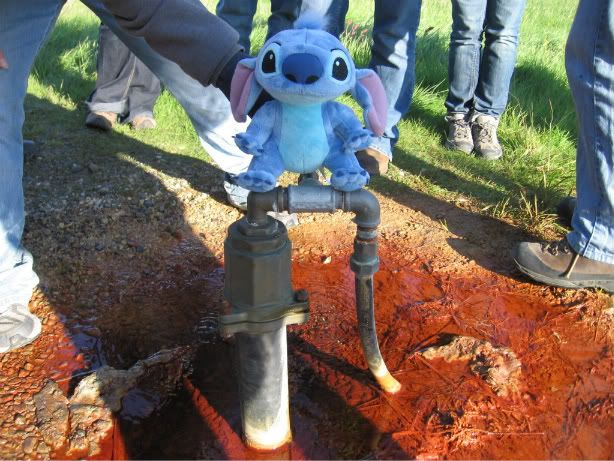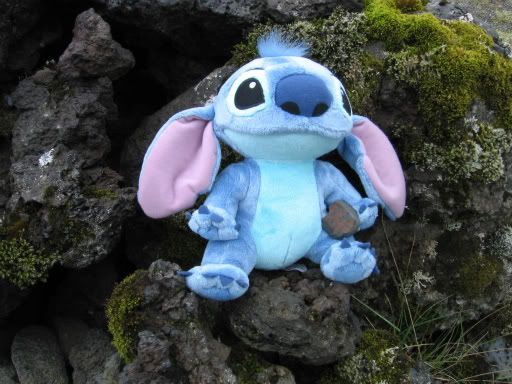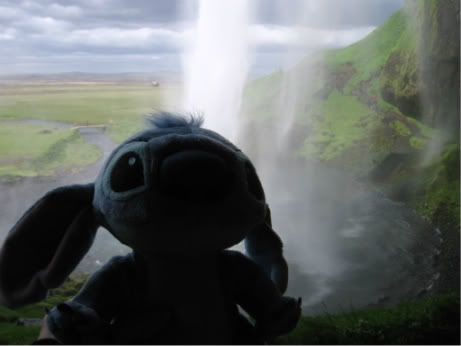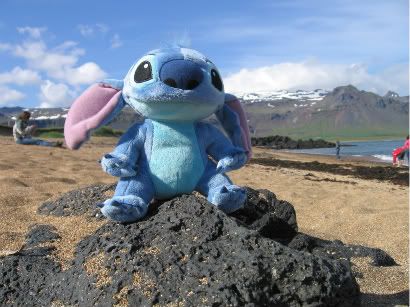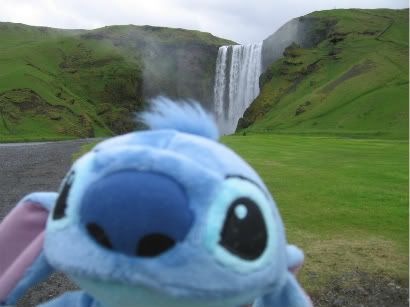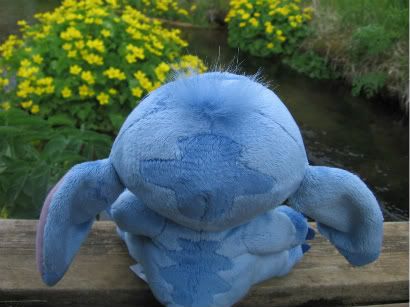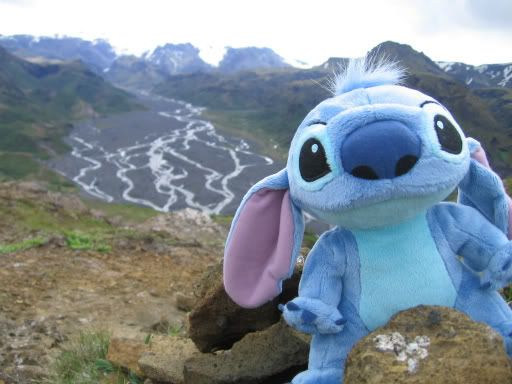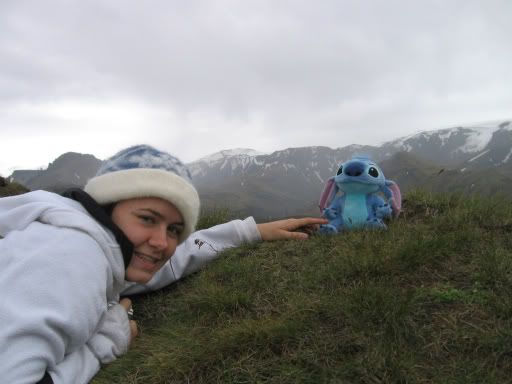
Perhaps the most interesting experience I had in Iceland was eating Greenland Shark! We spent part of our day at Bjarnarhofn (Byar-nar-hoff-en), where Greenland shark is processed and sold. There is no active hunting for the shark; most of the time, they come to the farm as bycatch from other fishing lines.
If any of you have seen Anthony Bourdain's encounter with this Icelandic delicacy, than you probably already know most of what I'm going to say. Greenland shark is prepared in a very special way, due to the fact that sharks do not have kidneys. This means that their bodies are full of uric acid. (Hopefully I don't have to explain what that is.) In its raw state, Greenland shark is very toxic. So, to make it more edible, Icelanders bury the carcass and allow it to ferment for 6-8 months. It is then dug up, cut into strips, and allowed to hang in an open shed for a year.
Eating one makes for quite an interesting experience.
However, you shouldn't take my word for it! If you're adventurous, this is definitely something you should try.
Oh, and the Icelanders get a huge kick out of tourist's reactions. :)

